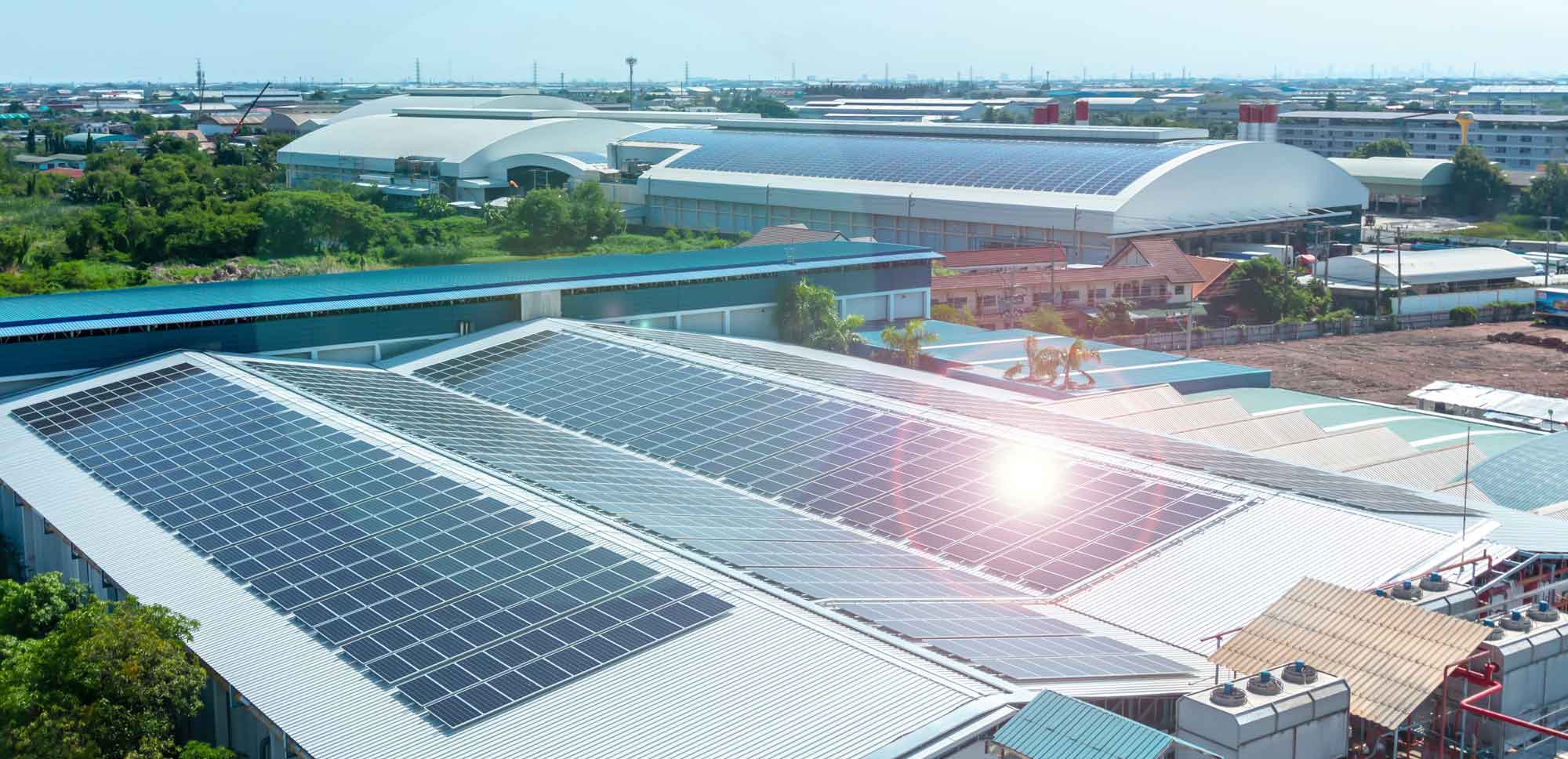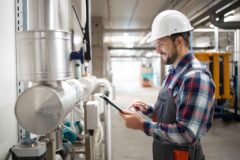The Austrian and European targets of achieving climate neutrality by 2040 and 2050, respectively, will require a drastic cut in energy consumption and greenhouse gas emissions in all sectors of the economy. Decarbonising industrial processes will be both one of the key steps towards these goals and one of the biggest challenges. Three energy-intensive sectors in particular – iron and steel as well as cement and chemicals – need very high temperatures and large amounts of energy for their production processes. These industries are responsible for over a quarter of global greenhouse gas emissions. Calculations by the International Energy Agency suggest that 60 GT could be saved by 20501.
Decarbonising industry
New technologies and innovations will need to be developed, scaled up and rolled out quickly in order to be able to harness the potential for reducing CO2 emissions in industry. At the same time, it is necessary for industry to be set on a path of transformation towards climate-neutral techniques and production processes to make Austrian manufacturing companies more competitive in the long term. Demand for sustainable production methods and climate-neutral business models is increasing across the world. Developing and implementing cutting-edge technologies for decarbonising industry offers an opportunity to carve out a successful position over the medium to long term in these growing global markets.
However, complete decarbonisation poses major challenges to the energy-intensive sectors. In particular the process-related emissions from various industrial production processes, such as cement manufacturing, are considered difficult to avoid (“hard to abate” in the jargon). This calls for entirely new techniques, some of which are only just being developed.
The strategies for reducing greenhouse gas emissions in manufacturing include:
> Optimising processes and increasing energy efficiency
> Replacing fossil fuels with direct electrification (provided the electricity comes from renewable sources)
> Switching to new climate-friendly or climate-neutral processes, such as hydrogen direct reduction in steelmaking, replacing of fossil hydrogen with green hydrogen (e.g. in the chemical industry) or using synthetic fuels as energy carriers or raw materials
> Increasing material efficiency
> Digitalising energy use and increasing flexibility
> Separating and permanently storing energy- or process-related CO2 (carbon capture and storage / CCS) and separating and making use of CO2 (carbon capture and utilisation / CCU)
> Engineering a transformation to a circular economy (focusing on durability, reparability, recyclability and the shared use of products)
In this issue, we take a look at some ongoing strategies and activities in Austria as part of international initiatives for decarbonising industry and present a few pioneering projects from research and technology development in the country.
1 www.iea.org/reports/world-energy-outlook-2021

